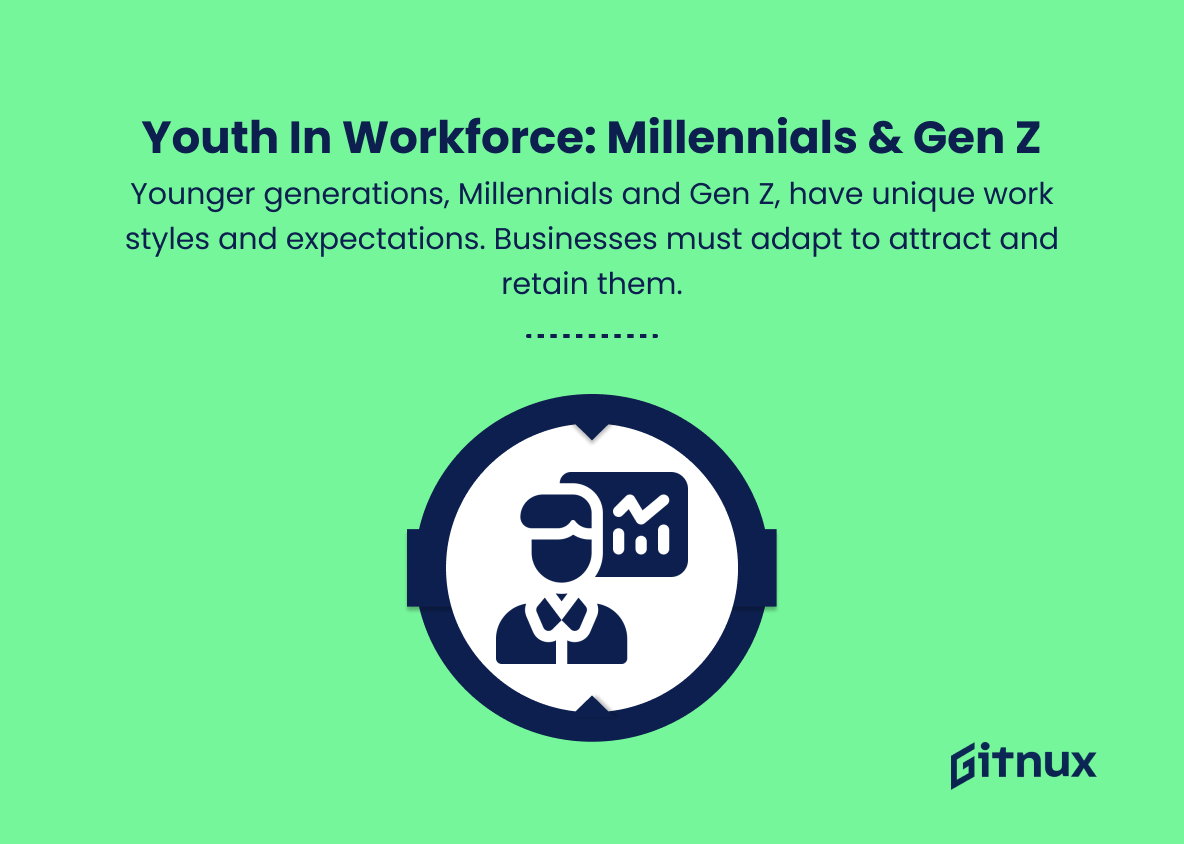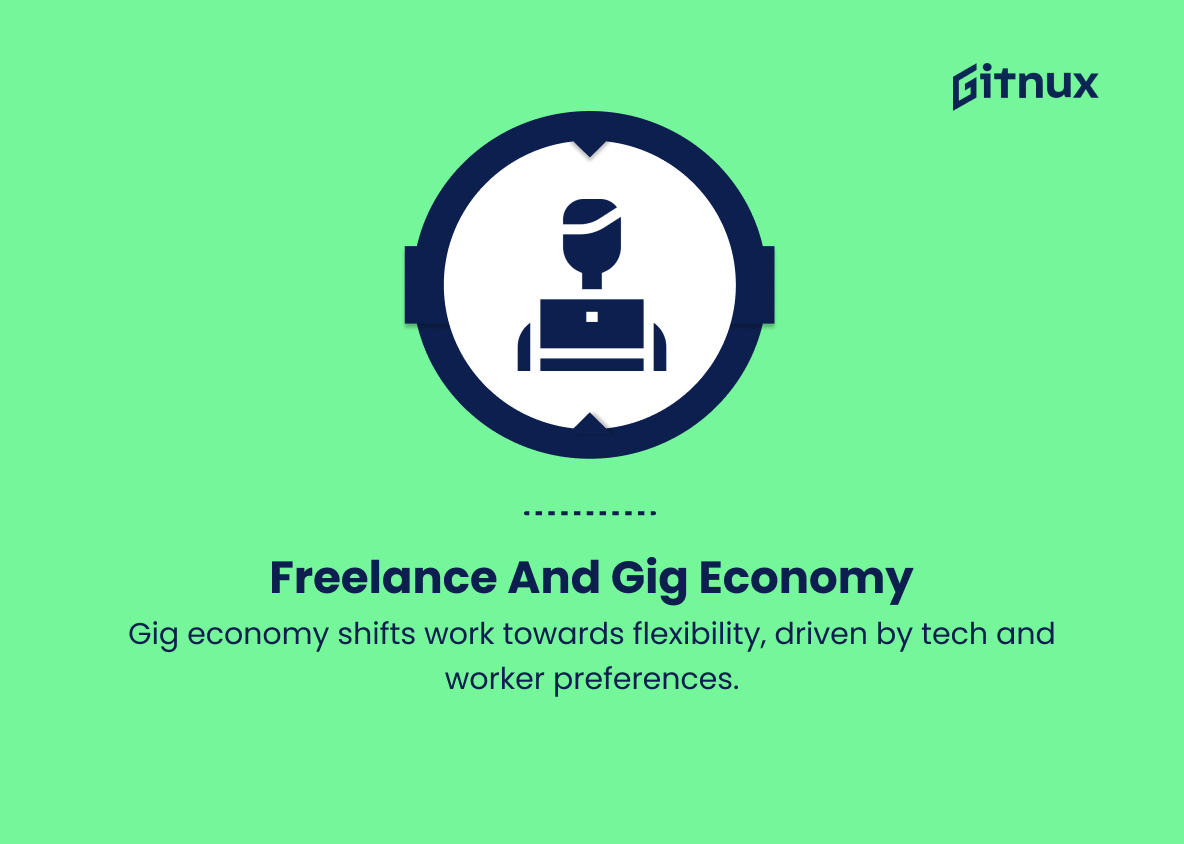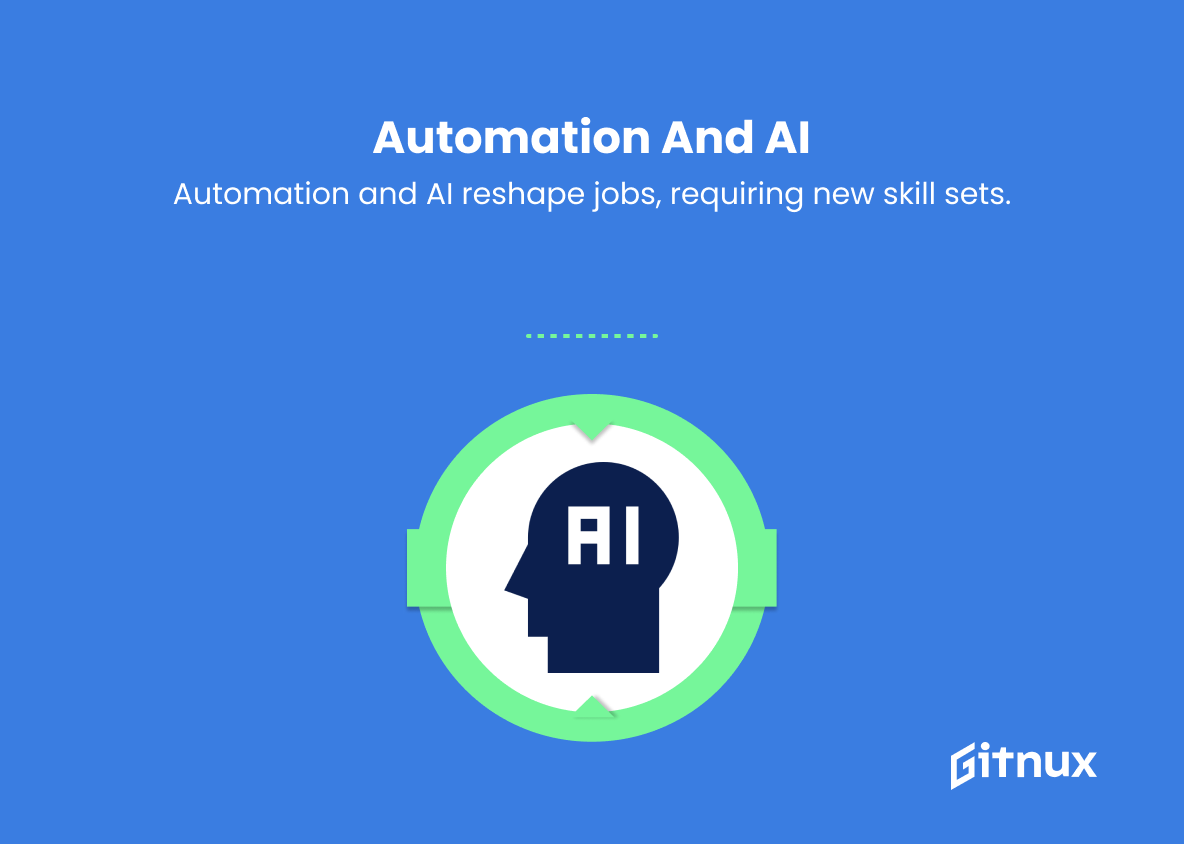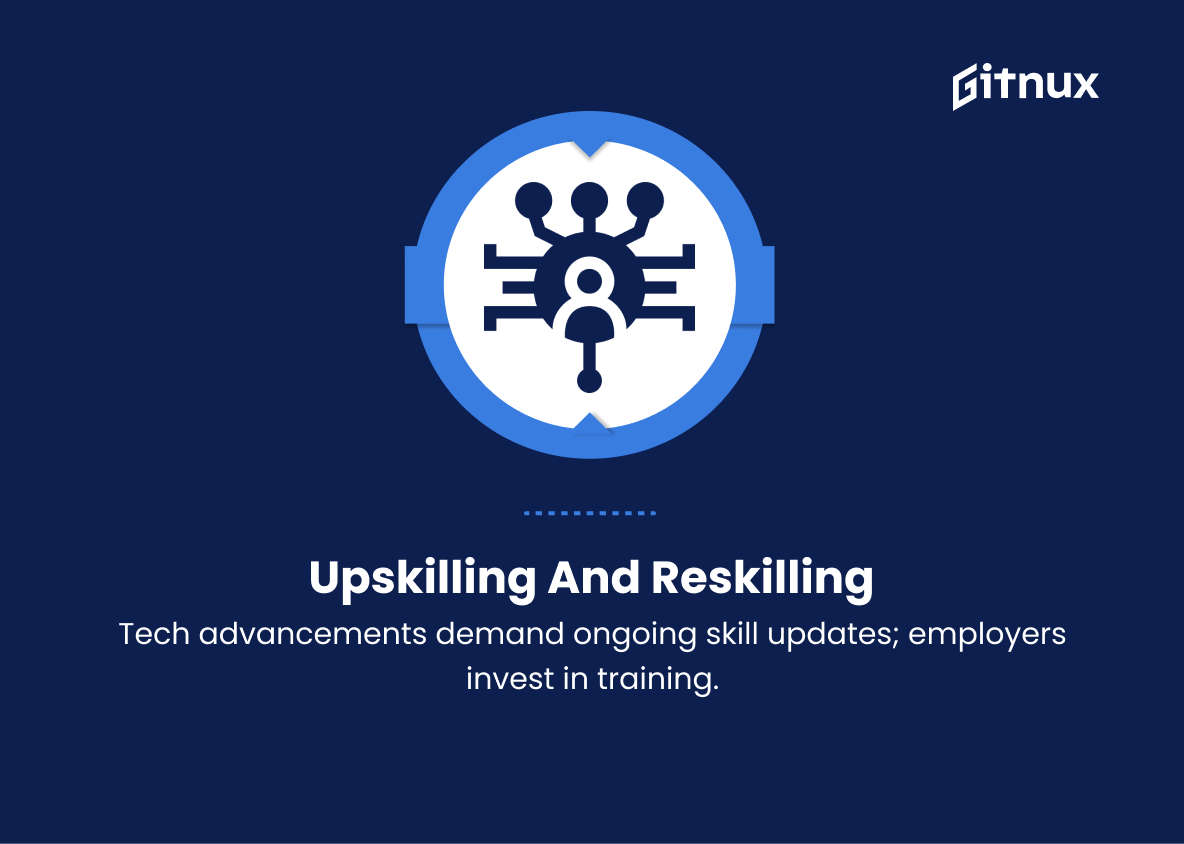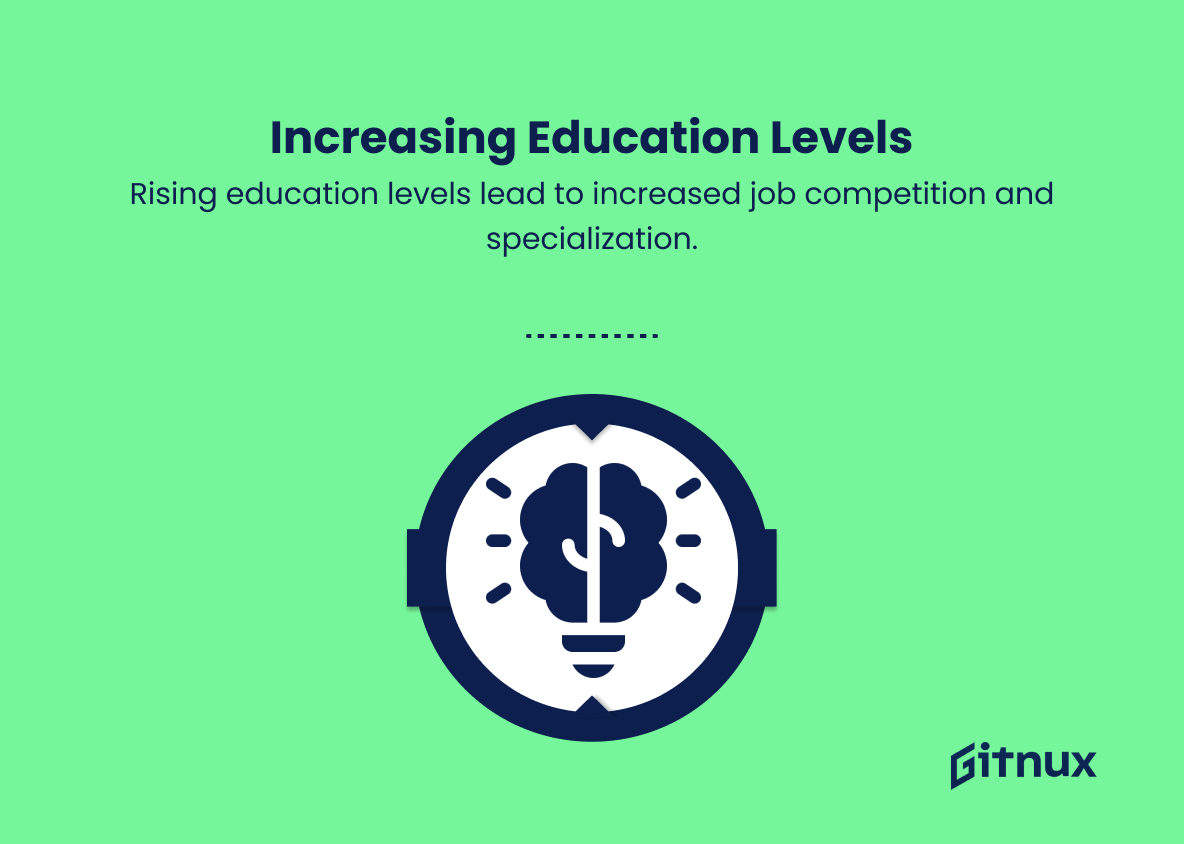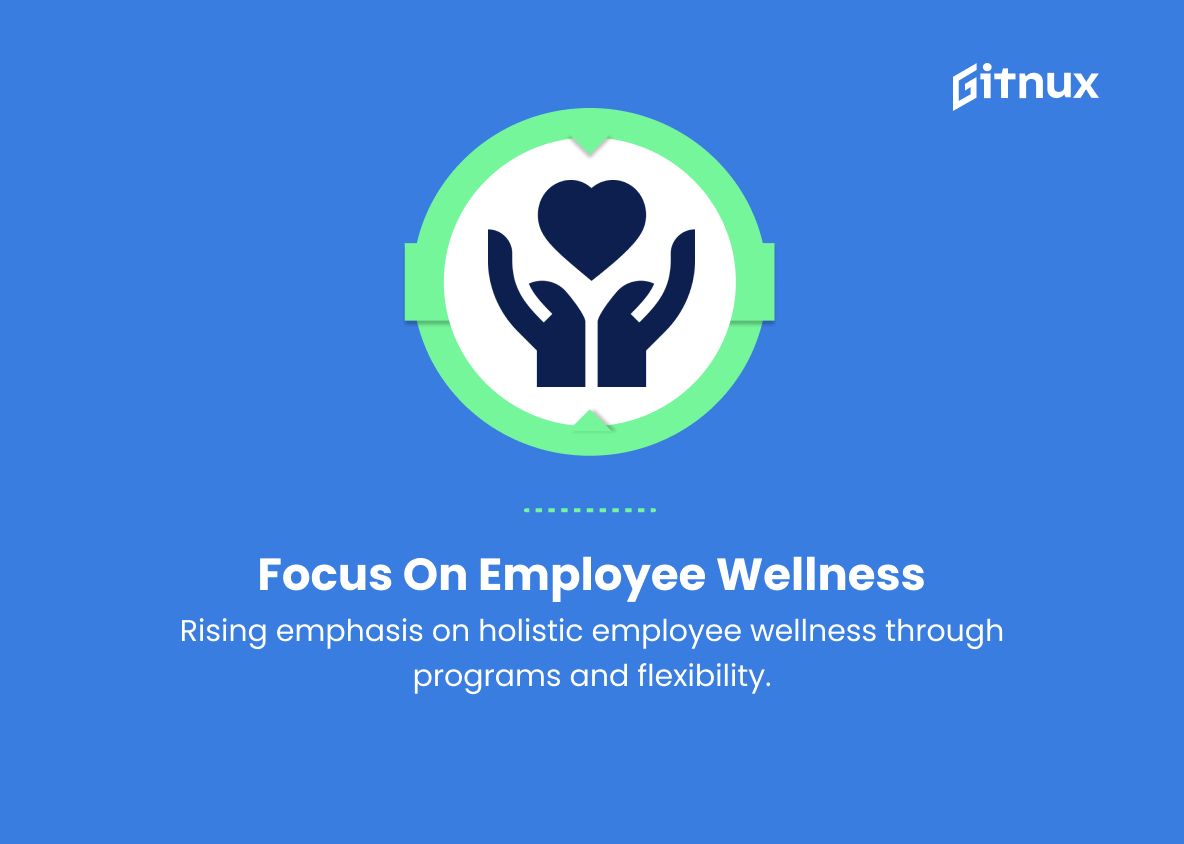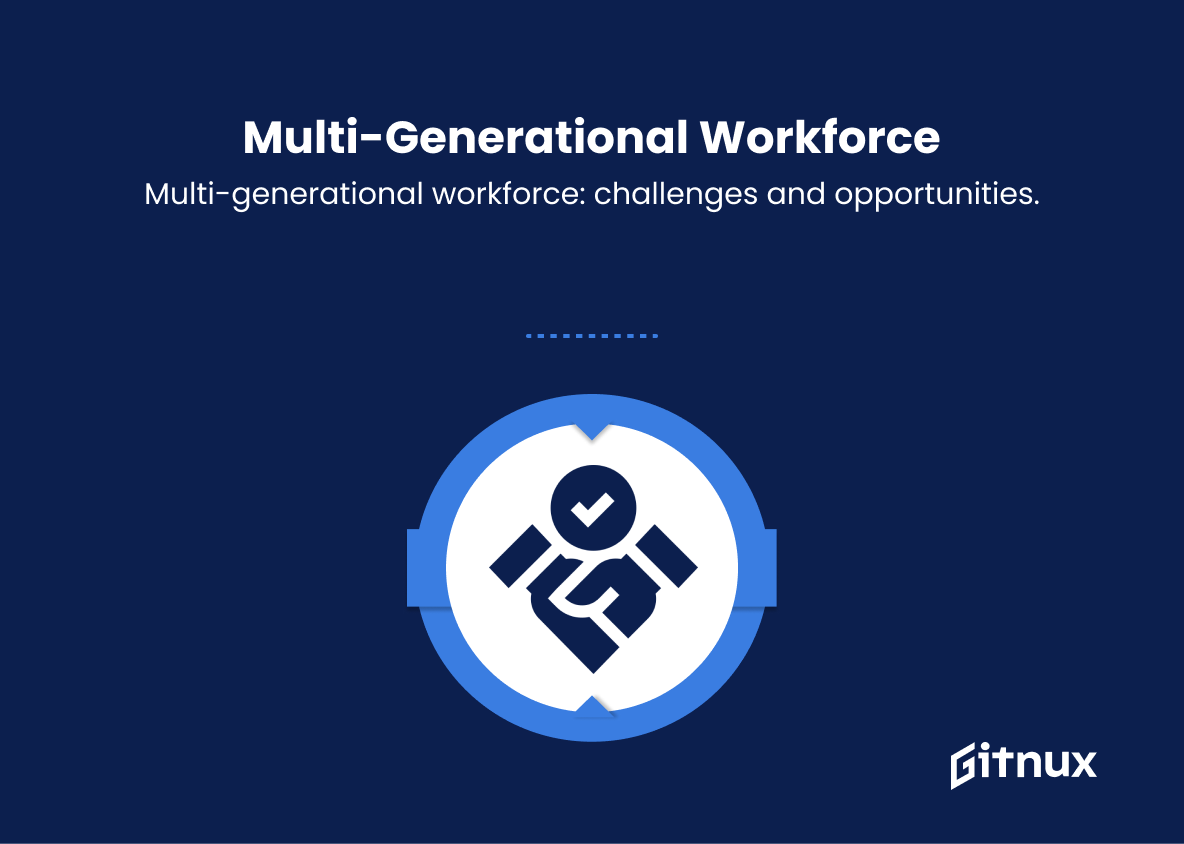In an ever-evolving global economy, understanding workforce demographic trends has become vital for businesses, policymakers, and human resource professionals alike. As the labor market diversifies and adapts to technological advancements, shifting population dynamics, and changes in societal values, organizations must be prepared to navigate the complexities of these trends.
This blog post aims to delve into critical workforce demographic trends and their implications for the future of work, providing insights that will enable strategic decision-making and long-term success in the rapidly changing landscape of employment. Join us as we explore the key factors shaping our workforce and discuss the proactive measures businesses must take to thrive amidst this dynamic environment.
Top Workforce Demographic Trends
1. Aging workforce
As life expectancy increases and birth rates decline in many countries, the workforce is becoming older, with a larger proportion of workers above the traditional retirement age (65 or older). This trend may lead to labor shortages, increased competition for experienced employees, and challenges in terms of workplace design and management.
2. Millennials and Generation Z in the workforce
Millennials (born approximately 1981-1996) and Gen Z (born approximately 1997-2012) are two new generations that have entered the workforce in recent years. These younger employees have different expectations, work habits, and communication styles compared to older generations, requiring businesses to adapt their practices and policies to attract and retain these workers.
3. Increasing diversity
The global workforce is becoming more diverse, both in terms of gender, ethnicity, and culture. This trend is due to factors such as increased immigration, globalization, and changing societal attitudes. Businesses that embrace and leverage this diversity are likely to benefit from increased innovation and productivity.
4. Remote and flexible working
Advances in technology and changing attitudes towards work have made remote and flexible working arrangements more common. This allows businesses to tap into a wider pool of talent, while also offering employees greater autonomy and work-life balance.
5. Freelance and gig economy
The rise of the gig economy, characterized by short-term contracts and freelance work, has led to a shift from traditional full-time employment to more flexible working arrangements. This trend is driven by factors such as technological advancements, economic uncertainties, and evolving worker preferences.
6. Automation and AI
The increasing integration of automation and artificial intelligence (AI) into the workplace is changing the way work is conducted and which skills are valued. Some jobs will be eliminated, while others will require employees to develop new skill sets to work alongside machines and algorithms.
7. Upskilling and reskilling
The rapid pace of technological change and economic shifts require workers to continuously update their skills in order to remain relevant and employable. Employers will increasingly invest in skills training and professional development for their workforce.
8. Increasing education levels
The overall level of education in the workforce is increasing, as more people globally complete higher levels of education. This may lead to greater competition among job seekers and a demand for more skilled and specialized roles.
9. Focus on employee wellness
There is a growing awareness of the importance of employee wellness, including mental, physical, and emotional health. Organizations are implementing wellness programs, flexible work schedules, and other initiatives to support the well-being of their employees.
10. Multi-generational workforce
As workers continue to delay retirement and younger generations enter the workforce, it is becoming common to have four or even five generations working together. This presents unique challenges in terms of different communication styles, preferences, and expectations, but can also lead to greater creativity and innovation through diverse perspectives.
Implications
The workforce demographic trends present both challenges and opportunities for businesses and employees globally. As the aging workforce continues to work past traditional retirement age, organizations must adapt to potential labor shortages and increased competition for skilled workers. At the same time, the entry of Millennials and Generation Z into the workforce calls for adjustments in management styles and policies to cater to their evolving expectations.
A crucial aspect of adapting to these changes involves embracing the increasing diversity in terms of gender, ethnicity, and culture, which can lead to increased innovation and productivity. As remote and flexible working becomes more prevalent, businesses can access a broader talent pool while enhancing employee satisfaction. The growing gig economy, coupled with advancements in automation and AI, requires employees to continuously develop new skills, prompting organizations to invest in upskilling and reskilling initiatives.
As education levels rise, employers must adapt to heightened competition by offering specialized roles and nurturing a multi-generational workforce that fosters creativity and innovation. Furthermore, a greater focus on employee wellness will play a vital role in ensuring that organizations support their employees both physically and mentally, creating a more productive and engaged workforce.
Conclusion
In summary, understanding and adapting to the prevailing workforce demographic trends is crucial for organizations to thrive in today’s rapidly evolving business landscape. By recognizing the impact of an aging workforce, leveraging a diverse workforce, and fostering an inclusive work environment, companies can harness the potential of their employees across generations, cultures, and backgrounds.
At the same time, organizations must also prepare for the demands of the future workforce by investing in skill development, technological integration, and alternative work arrangements. By proactively addressing these trends, organizations can ensure that they remain competitive, resilient, and innovative as they navigate the complexities of the modern workforce.

